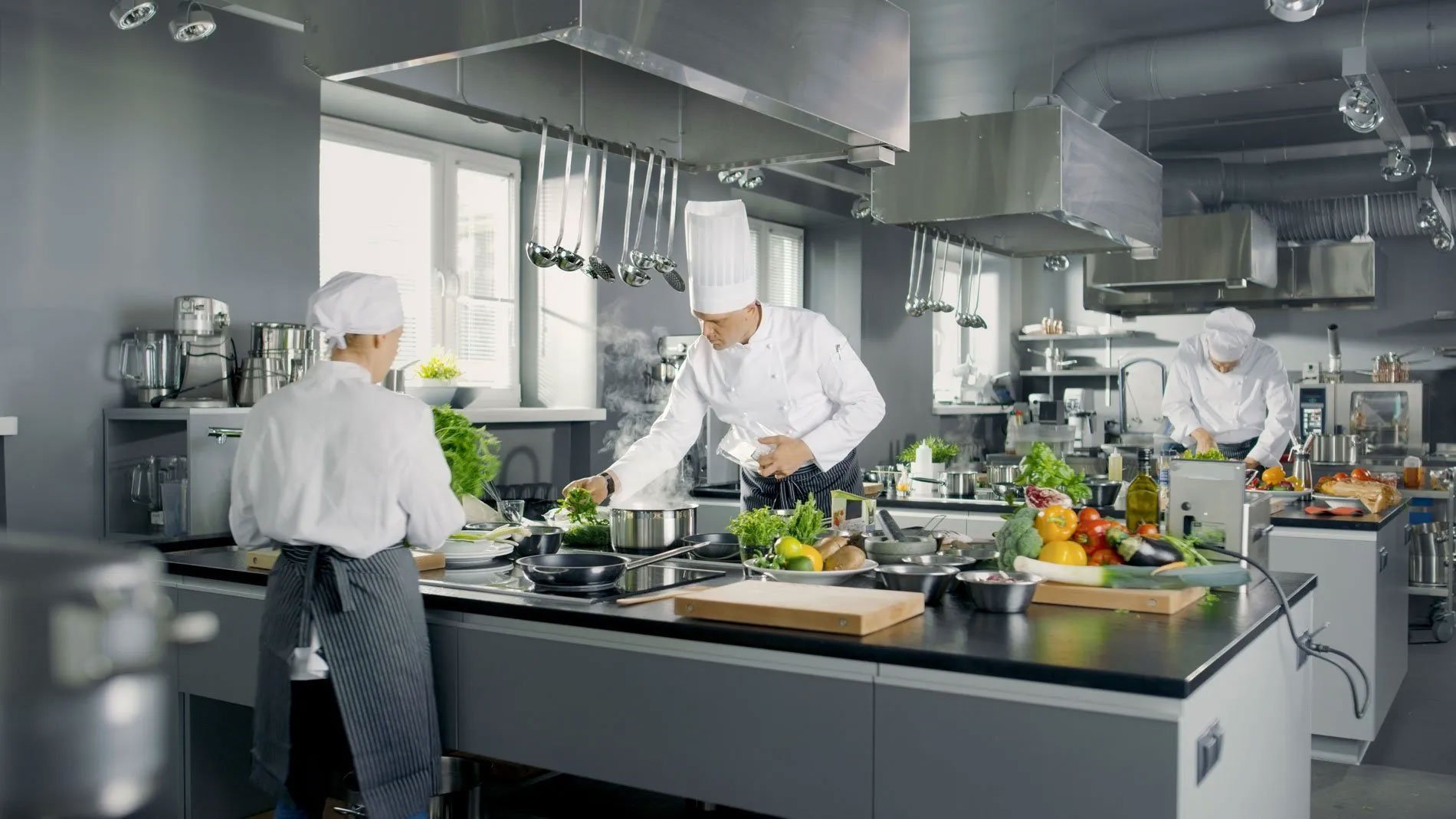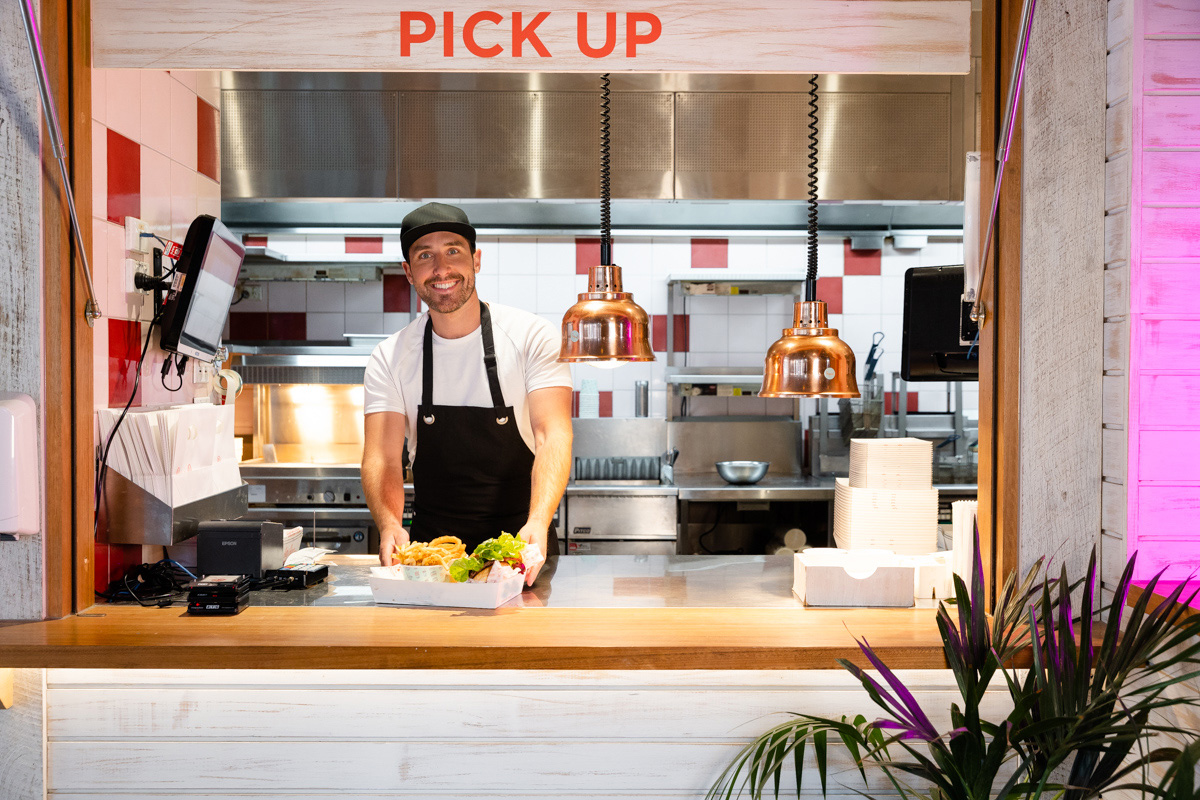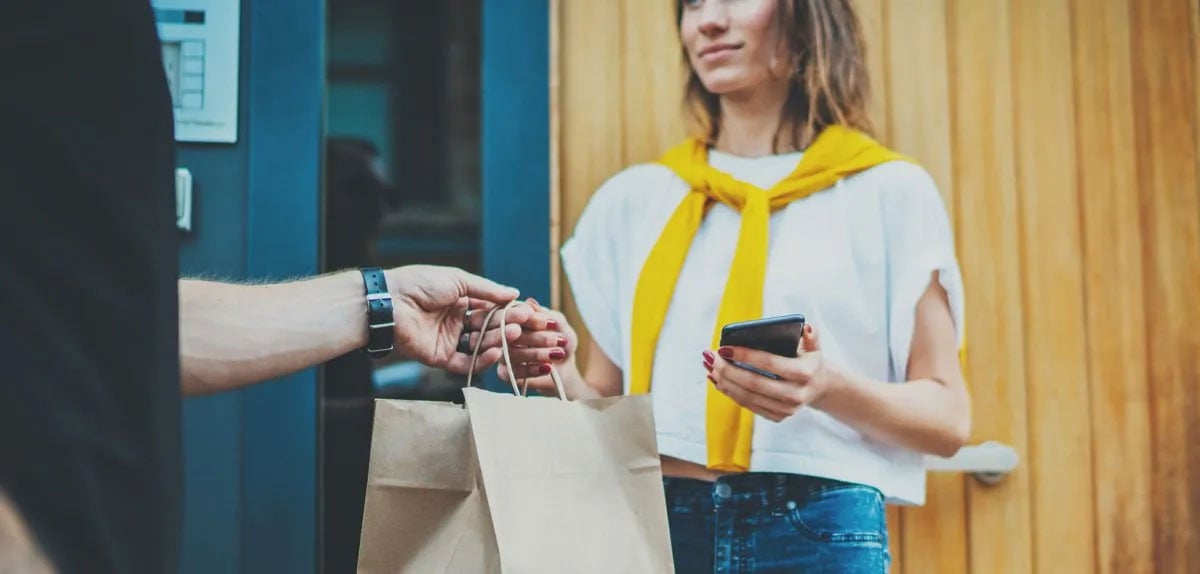Paperless kitchen – how a KMS can streamline operations & enhance CX
Your kitchen is the nerve centre of your hospitality business. No hospitality business can operate without a kitchen to prepare meals for your...

Time for dinner - and Australians around the country open up a food ordering app, scroll their favourite cuisines and place an online order for delivery. Simple. But do they give any thought to where your food is being prepared?
Seems a strange question - it’s prepped and cooked in the restaurant, surely? Maybe, but maybe not. There’s an increasing chance that a delivered dinner has been prepared, cooked, packaged and collected from a ‘dark kitchen’.
What are dark kitchens (aka ‘ghost kitchens’)?
A dark kitchen is one that exists to prepare meals for delivery only. No option to eat in, no customers coming to collect take-away. Just the cooking staff and the delivery drivers.
Dark kitchens, so called because there is nothing from the outside to show that it is a kitchen, are facilitated (and sometimes even owned by) 3rd party delivery services such as DoorDash, Menulog, Deliveroo and Uber Eats. Dark Kitchens also weave in their own online ordering sites, offering pick-up and white label delivery services such as DoorDash Drive. Customers order online, the dark kitchen preps the food and hands it over to a delivery service, or perhaps a customer at a pick-up window.
Just as in the world of retail, where some stores are online and bricks and mortar, like Myer, and others are online only, like Amazon, so it is with restaurants. There are those who add a dark kitchen to complement their eat in premises, and now a growing number of ‘virtual brands’, operating exclusively from dark kitchens.
What is a virtual brand?
A virtual brand is a brand that only exists online and has no shop front presence. This means that an existing restaurant kitchen or dark kitchen can setup one or more virtual brands and fulfil online orders. The advantage of virtual brands is that the same equipment and supplies can be used, there is a reduction of food waste, and the operator can test out a new concept or cuisine without heavy investment.
What has triggered the growth in dark kitchens?
Dark kitchens have been around for a few years, although still relatively new to Australia. Their continued growth is founded on:
What are the benefits of a dark kitchen?
For restaurant operators, there are certainly benefits in the growing trend towards dark kitchens - here’s the top seven reasons they might want to consider this new approach to food prep:
Customers benefit from dark kitchens too (although they may not know they exist) - they get the chance to order city quality restaurant meals in the suburbs and to try new cuisines and restaurants without having to travel.
Whilst dark kitchens and virtual brands are relatively new in the Australian market, evidence from overseas would suggest that they will continue to grow. The pandemic has increased consumers’ demand for good food, delivered to their home rapidly and efficiently. And whilst dine-in is a much appreciated treat, especially after lockdown, the likelihood is that the restaurant landscape will continue to accommodate both traditional and ‘dark’ kitchens.

Your kitchen is the nerve centre of your hospitality business. No hospitality business can operate without a kitchen to prepare meals for your...
1 min read
Redcat Offers Low, Fixed Cost Delivery Dear Customers, Partners and Friends, We’ve spent the last week or so trying to determine the best way for...

We explore how virtual brands and dark kitchens are benefitting franchise hospitality businesses. Imagine running a franchise with 20 locations -...